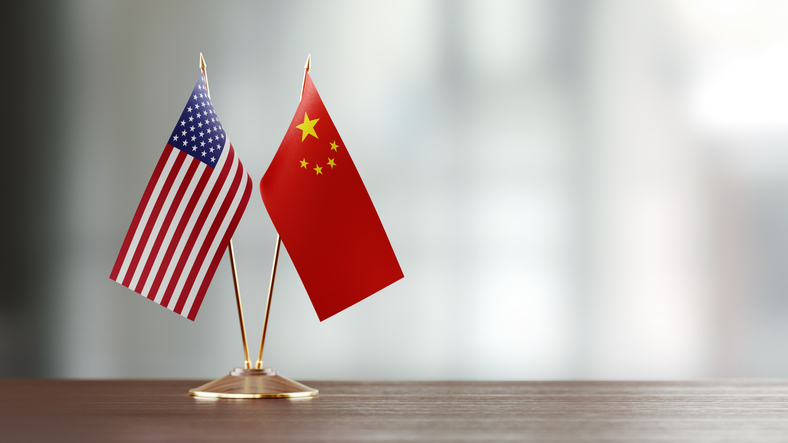
Lots of negotiating to do before March 1 deadline.
It’s 2019! Washington is about welcome a new Congress! The federal government is still shut down because of The Wall (great job, everybody). And, oh my goodness, the Bears are in the playoffs!
But the trade negotiations between the Trump administration and the Chinese government march on.
When the two sides met in early December on the sidelines of a World Trade Organization meeting in Argentina, they announced a trade-war timeout – set to end on March 1 – so that negotiators could work toward a more satisfactory deal. The tariffs are on hold!
Okay, so that was a few months ago. What has happened since then?
Well, there has been some progress. The Chinese government has made a handful of conciliatory gestures – like allowing imports of U.S. rice, and announcing its Supreme Court will now hear intellectual property rights cases – to seed the ground before official talks are to begin next week, when Trump administration officials are due in Beijing.
President Trump is even tweeting about how great everything is going …
Just had a long and very good call with President Xi of China. Deal is moving along very well. If made, it will be very comprehensive, covering all subjects, areas and points of dispute. Big progress being made!
— Donald J. Trump (@realDonaldTrump) December 29, 2018
… But he may be doing that to calm markets roiled by this trade imbroglio.
The health of Wall Street, considered by many media accounts to be a barometer by which President Trump measures the success of his administration, has recently experienced some wild swings. That figures; China’s manufacturing sector is deeply integrated into the rest of the world, the U.S. tariffs erected against China have caused companies with ties to the Chinese supply chain to begin disentangling themselves, and that causes ripples.
That causes ripples, man!
With that in mind, one reading of the situation suggests that the president (who could fairly be described as mercurial) might take the first deal offered to him, like promises to buy a lot more soybeans. But the kind of issues the president’s negotiators want addressed – industrial overcapacity and intellectual property concerns, for example – will take time before they can develop into anything fruitful. And then, what kind of assurances will be made that Chinese regulatory revisions will take root?
This kind of change doesn’t happen overnight!
It won’t be an easy go of it, despite what the president tweets. Even if the United States buys significantly more stuff from China than it buys from the U.S., there are plenty of other ways China can (and does) retaliate in a trade war that don’t involve tariffs.
Anyway, count us on the side of Team Long Game: We hope the president keeps his eyes on the ball and truly reshapes the bilateral trade relationship between the United States and China.
Here’s to hoping the president stays the course in 2019!
